Home>Gardening & Outdoor>Landscaping Ideas>What Causes Dew To Form On Grass
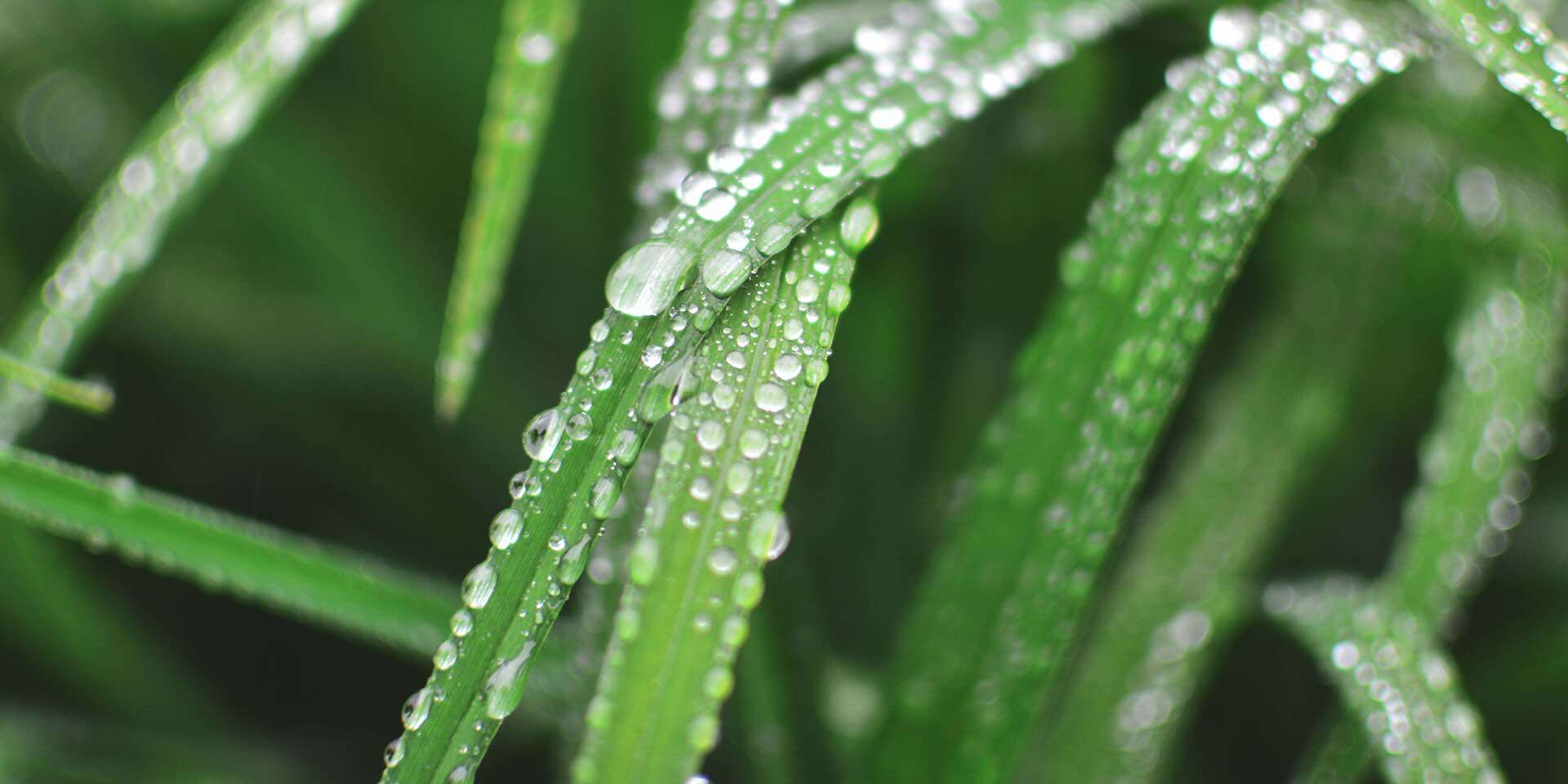

Landscaping Ideas
What Causes Dew To Form On Grass
Modified: March 25, 2024
Discover the landscaping ideas and environmental factors that cause dew to form on grass. Learn how to enhance your outdoor space with dewy mornings.
(Many of the links in this article redirect to a specific reviewed product. Your purchase of these products through affiliate links helps to generate commission for Storables.com, at no extra cost. Learn more)
Introduction
Dew is a natural phenomenon that graces our surroundings with its enchanting presence, especially in the early hours of the morning. As the sun rises and the world awakens, the glistening droplets of dew on grass blades create a mesmerizing spectacle that captivates the senses. This delicate adornment, often overlooked in the hustle and bustle of daily life, holds a fascinating story waiting to be unveiled.
The formation of dew on grass is a captivating process that occurs when moisture in the air condenses onto the cool surfaces of grass blades. This enchanting occurrence not only adds a touch of magic to the landscape but also plays a crucial role in the ecosystem. Understanding the science behind dew formation and its impact on grass can deepen our appreciation for this natural marvel.
In this article, we will delve into the captivating world of dew formation on grass, exploring the scientific principles that govern this process and the factors that contribute to its occurrence. Additionally, we will uncover the effects of dew on grass and provide valuable insights on managing its presence. Join us on this journey as we unravel the mysteries of dew and gain a newfound appreciation for this ethereal phenomenon.
Key Takeaways:
- Dew forms on grass when moisture in the air condenses onto the cool grass blades due to temperature differences. It provides hydration to the grass and creates a beautiful, glistening landscape.
- Factors like temperature, humidity, and surface properties influence dew formation. While dew benefits grass, it can also lead to fungal diseases, so managing it through mowing and aeration is important.
Read more: How Does Dew Form On Grass
The Science Behind Dew Formation
Dew formation is a captivating natural process governed by the principles of condensation and temperature differentials. To comprehend the science behind this enchanting phenomenon, it is essential to delve into the intricate interplay of atmospheric conditions and surface properties.
At its core, dew formation is intricately linked to the concept of condensation. When the temperature of a surface, such as grass blades, drops below the dew point temperature of the surrounding air, moisture in the atmosphere undergoes a phase transition from vapor to liquid. This transition occurs as the air molecules lose energy upon contact with the cooler surface, leading to the formation of tiny water droplets.
The dew point temperature, a critical factor in this process, represents the temperature at which air becomes saturated with water vapor, leading to condensation. As the night progresses and the earth loses heat, the temperature of the grass blades decreases, eventually reaching the dew point temperature. This pivotal moment marks the onset of dew formation, as moisture-laden air encounters the cool grass surfaces, triggering the mesmerizing spectacle of dew-covered landscapes.
Furthermore, the physical properties of the grass blades play a significant role in dew formation. The surface of grass, with its intricate network of microscopic structures, provides an ideal substrate for condensation to occur. These surfaces, often rough and irregular, offer numerous sites for water vapor to coalesce into droplets, enhancing the likelihood of dew formation.
The science behind dew formation extends beyond the mere interaction of temperature and moisture. Atmospheric factors, such as humidity levels and wind speed, also influence the intensity and extent of dew formation. High humidity levels bolster the likelihood of dew formation, as the air carries a greater concentration of water vapor. Conversely, windy conditions can hinder dew formation by disrupting the delicate equilibrium between surface temperature and air moisture content.
In essence, the science behind dew formation unveils a captivating interplay of physical principles and atmospheric dynamics. By unraveling the intricacies of condensation and temperature differentials, we gain a deeper understanding of the enchanting process that adorns our surroundings with the ethereal beauty of dew-covered grass.
Factors That Contribute to Dew Formation
Dew formation is a complex phenomenon influenced by a myriad of factors that converge to create the enchanting spectacle of glistening grass blades. Understanding these contributing factors unveils the intricate tapestry of conditions that set the stage for dew to grace our surroundings.
-
Temperature Variation: The interplay between surface temperature and the dew point temperature of the surrounding air is a pivotal factor in dew formation. As the night progresses, the earth loses heat, causing the temperature of grass blades to drop below the dew point temperature. This temperature disparity sets the stage for condensation, as moisture-laden air encounters the cool surfaces, leading to the formation of dew.
-
Humidity Levels: The moisture content of the air, often quantified as relative humidity, significantly influences the propensity for dew formation. Higher humidity levels create a conducive environment for dew to form, as the air carries a greater concentration of water vapor. Consequently, regions with elevated humidity levels are more likely to experience abundant dew formation, adorning the landscape with its captivating presence.
-
Clear Skies and Calm Winds: Clear, tranquil nights provide the ideal conditions for dew formation. In the absence of cloud cover, the earth radiates heat, causing surfaces, including grass blades, to cool rapidly. Additionally, calm winds prevent the dispersal of moisture-laden air, allowing it to linger and interact with the cool surfaces, fostering the formation of dew.
-
Surface Properties: The physical characteristics of grass blades play a pivotal role in dew formation. The intricate network of microscopic structures on the surface of grass provides numerous sites for water vapor to coalesce into droplets. Furthermore, the rough and irregular nature of grass surfaces enhances the likelihood of dew formation, as it offers ample opportunities for condensation to occur.
-
Time of Year: Seasonal variations can significantly impact dew formation. In the transition from summer to autumn, the cooling of the earth during the night becomes more pronounced, creating favorable conditions for dew to form. Additionally, the angle of the sun and the duration of darkness influence the extent of dew formation, with longer nights providing ample time for the earth to cool and dew to manifest.
In essence, dew formation is a symphony orchestrated by the interplay of temperature differentials, humidity levels, atmospheric tranquility, and surface properties. By unraveling these contributing factors, we gain a profound appreciation for the delicate balance of conditions that converge to adorn our surroundings with the mesmerizing beauty of dew-covered grass.
Dew forms on grass when the temperature drops and the grass cools down, causing the moisture in the air to condense and form droplets on the grass.
How Dew Affects Grass
The presence of dew on grass exerts a multifaceted influence on the well-being and vitality of the verdant blades. As the ethereal droplets grace the grass in the early hours of the morning, they initiate a series of intricate interactions that resonate throughout the ecosystem.
First and foremost, dew serves as a vital source of moisture for grass blades, especially during periods of limited rainfall or drought. The delicate droplets, adorning the grass in the stillness of dawn, provide a precious infusion of water, replenishing the moisture lost during the night. This hydration is particularly crucial for sustaining the resilience and vigor of grass, ensuring its ability to thrive in diverse environmental conditions.
Moreover, the presence of dew on grass contributes to the intricate web of life within the ecosystem. The moisture-laden surfaces of grass blades serve as microhabitats for a myriad of organisms, including insects and small invertebrates. These minute creatures, drawn to the moisture-rich environment, partake in a delicate dance of life, fostering biodiversity and ecological balance within the grassy expanse.
Furthermore, dew on grass plays a pivotal role in enhancing the visual allure of landscapes, infusing them with an enchanting radiance. The glistening droplets, delicately suspended on the grass blades, create a captivating spectacle that captivates the senses and evokes a profound appreciation for the natural world. This visual splendor, often accentuated by the gentle caress of sunlight, transforms ordinary grassy expanses into ethereal tapestries of natural beauty.
However, while dew bestows numerous benefits upon grass, it also presents potential challenges. Excessive moisture accumulation, particularly in prolonged periods of dew formation, can create a conducive environment for fungal diseases to proliferate. The prolonged presence of moisture on grass blades, coupled with favorable temperature conditions, can provide a breeding ground for fungal pathogens, potentially compromising the health and vitality of the grass.
In essence, the presence of dew on grass embodies a delicate balance of benefits and potential challenges. It serves as a vital source of hydration, a catalyst for biodiversity, and an artist's brush that paints landscapes with ethereal beauty. Yet, it also necessitates vigilance in managing potential risks, underscoring the intricate interplay between dew and the well-being of grass within the natural tapestry of the ecosystem.
Tips for Managing Dew on Grass
-
Mowing Practices: Maintaining an optimal grass height through regular mowing can mitigate the prolonged retention of dew on grass blades. By ensuring that the grass is not excessively tall, dew accumulation can be minimized, reducing the potential for fungal diseases to thrive in moisture-laden environments.
-
Morning Maintenance: If feasible, consider scheduling lawn maintenance activities, such as mowing and watering, later in the morning to allow the dew to evaporate naturally. This approach minimizes the prolonged exposure of grass to moisture, mitigating the risk of fungal infections and promoting a healthier lawn.
-
Adequate Air Circulation: Enhancing air circulation within the lawn environment can expedite the evaporation of dew. Pruning surrounding vegetation and ensuring proper spacing between grassy areas can facilitate the dissipation of moisture, reducing the duration of dew retention on grass blades.
-
Fertilization and Aeration: Implementing a balanced fertilization regimen and periodic aeration can bolster the resilience of grass against potential fungal threats associated with dew. Aeration promotes soil oxygenation and drainage, reducing moisture accumulation, while strategic fertilization fortifies the grass, enhancing its ability to withstand environmental stressors.
-
Disease Prevention Measures: Proactively applying fungicides, especially in regions prone to persistent dew formation, can serve as a preventive measure against fungal diseases. Consult with local lawn care professionals to identify suitable fungicidal treatments tailored to the specific environmental conditions and grass species.
-
Morning Inspection: Regularly inspect the lawn in the early morning to assess the extent of dew formation and identify areas where moisture accumulation is prominent. This proactive approach enables targeted interventions to mitigate potential risks and maintain the health and vitality of the grass.
-
Grass Selection: When establishing or renovating a lawn, consider selecting grass species known for their resilience to moisture-related challenges. Certain grass varieties exhibit enhanced resistance to fungal diseases and are better suited for environments characterized by frequent dew formation.
-
Strategic Irrigation: Adhere to a strategic irrigation schedule that minimizes the overlap between watering and dew formation. By optimizing the timing of irrigation, excessive moisture accumulation can be mitigated, reducing the potential for fungal proliferation and promoting the overall well-being of the grass.
Incorporating these proactive measures into lawn care practices can effectively manage the impact of dew on grass, fostering a resilient and vibrant lawn that thrives amidst the enchanting presence of morning dew.
Frequently Asked Questions about What Causes Dew To Form On Grass
Was this page helpful?
At Storables.com, we guarantee accurate and reliable information. Our content, validated by Expert Board Contributors, is crafted following stringent Editorial Policies. We're committed to providing you with well-researched, expert-backed insights for all your informational needs.
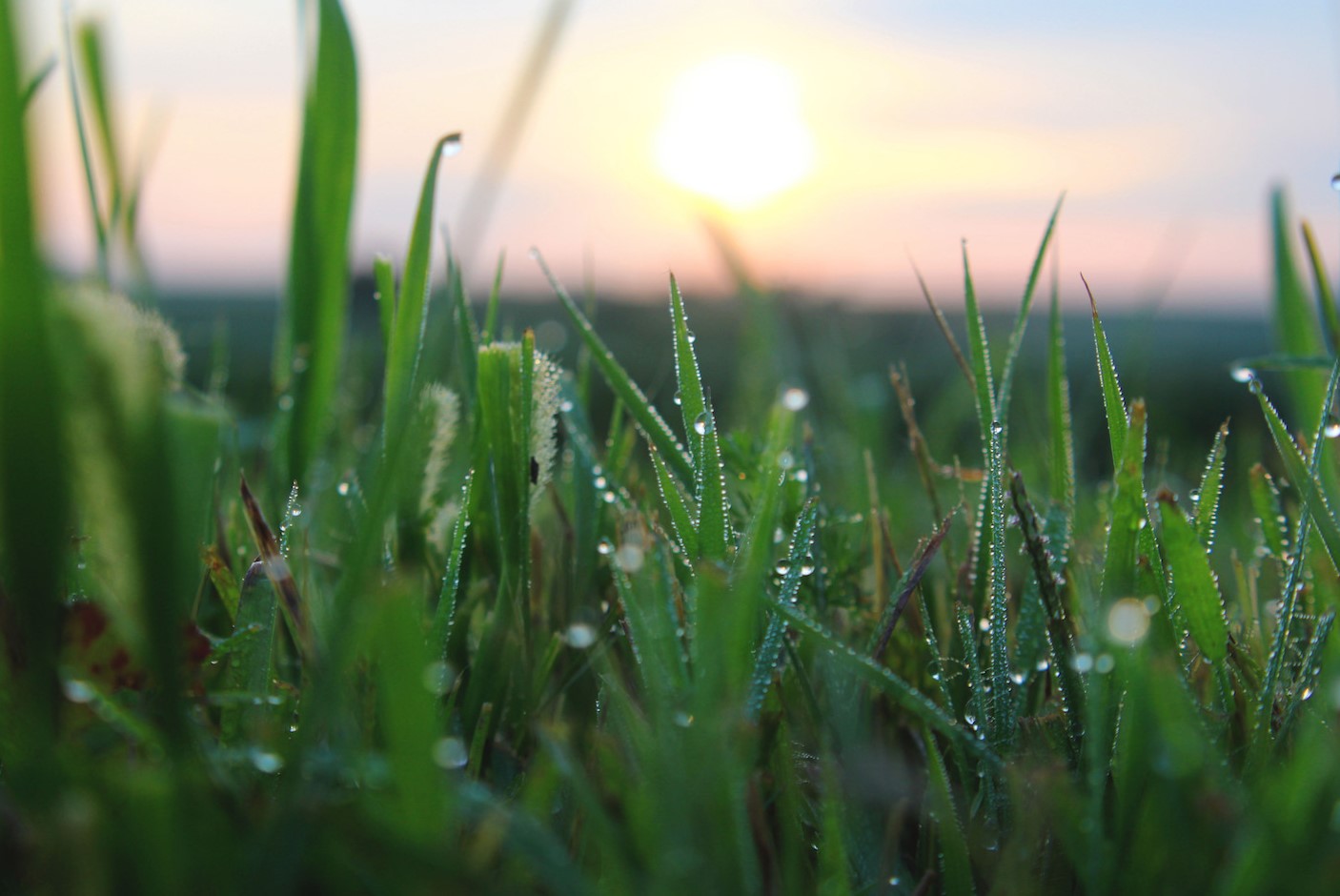
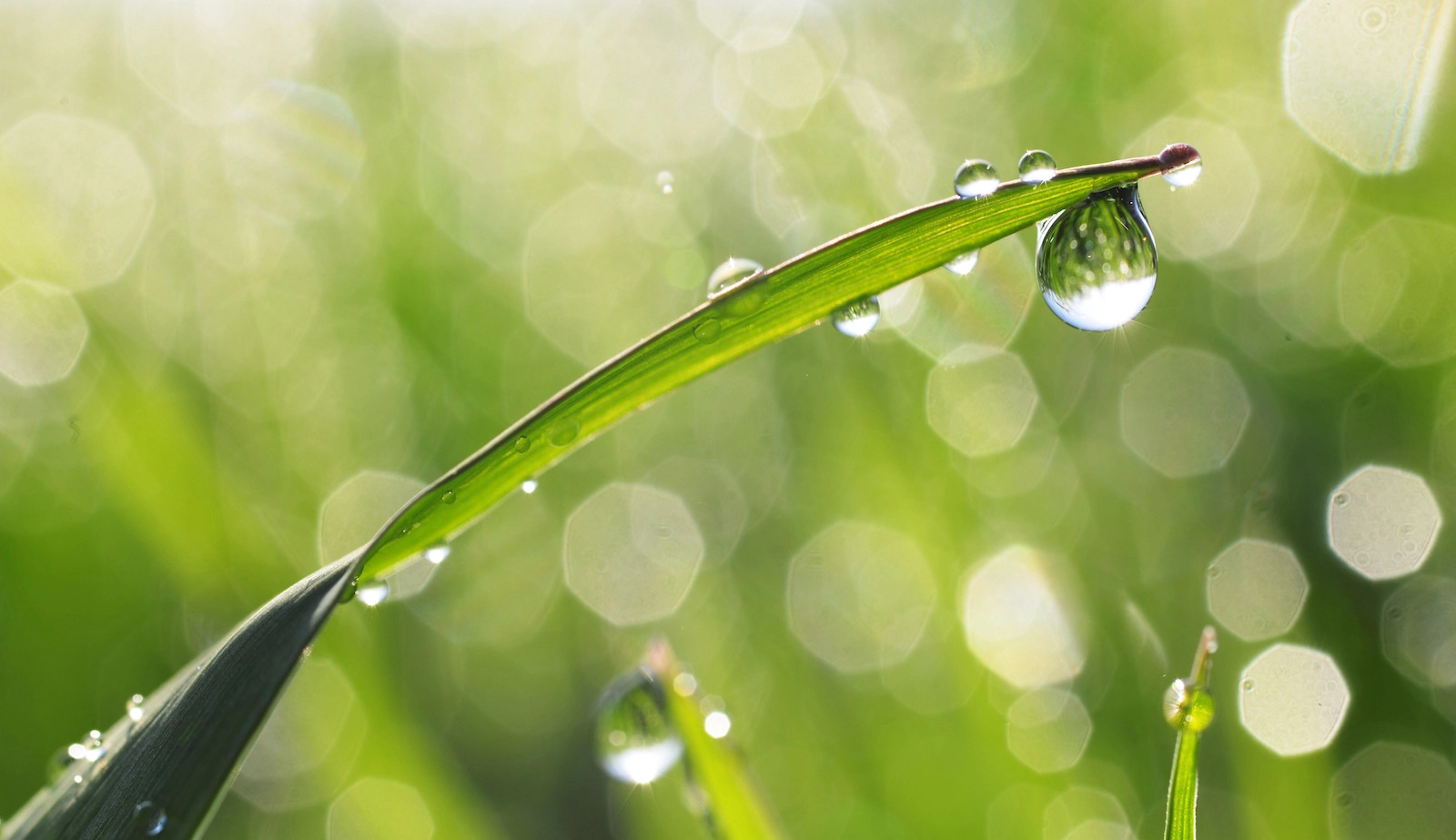
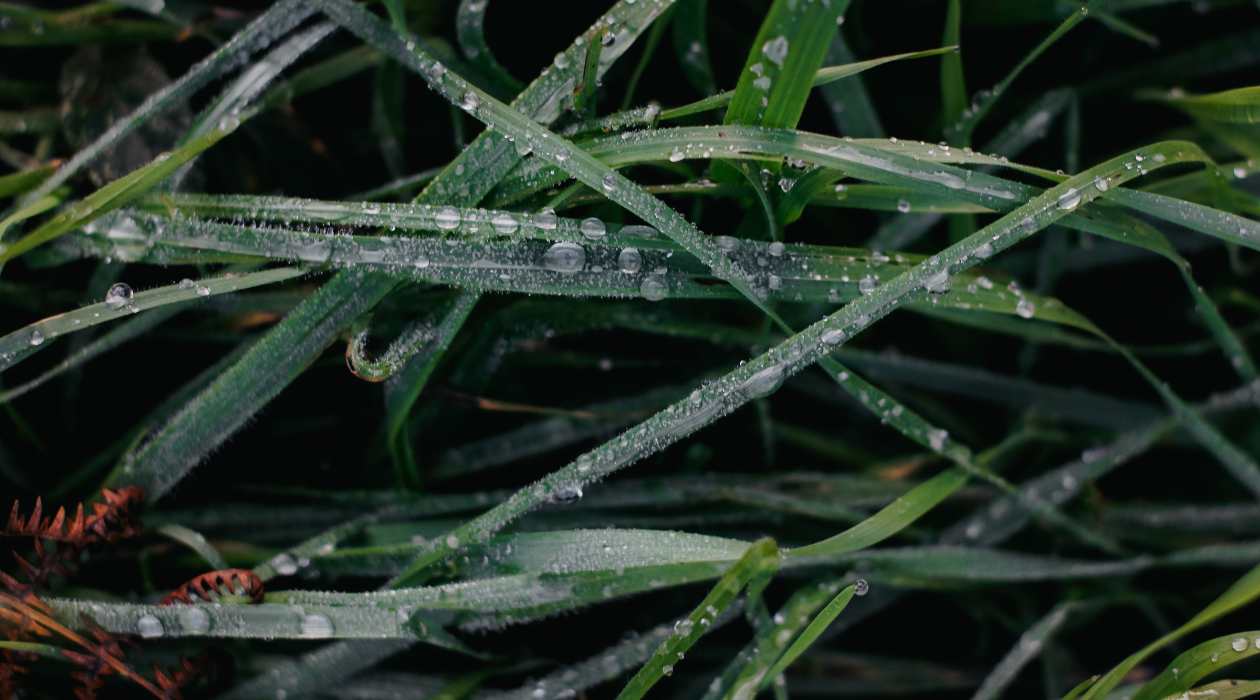
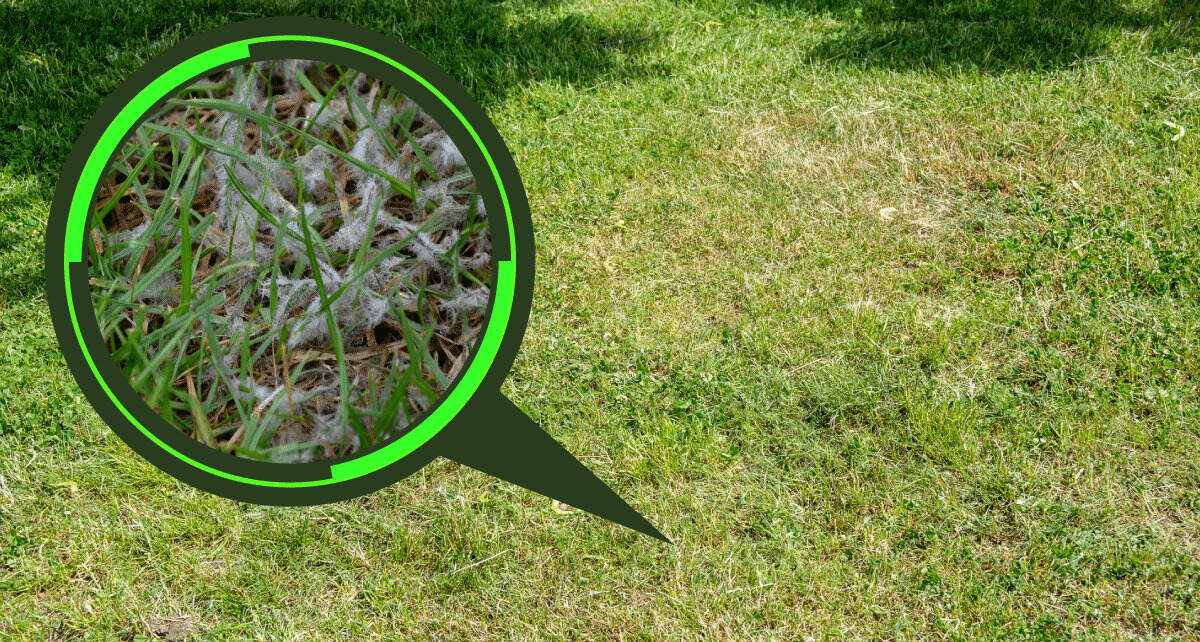
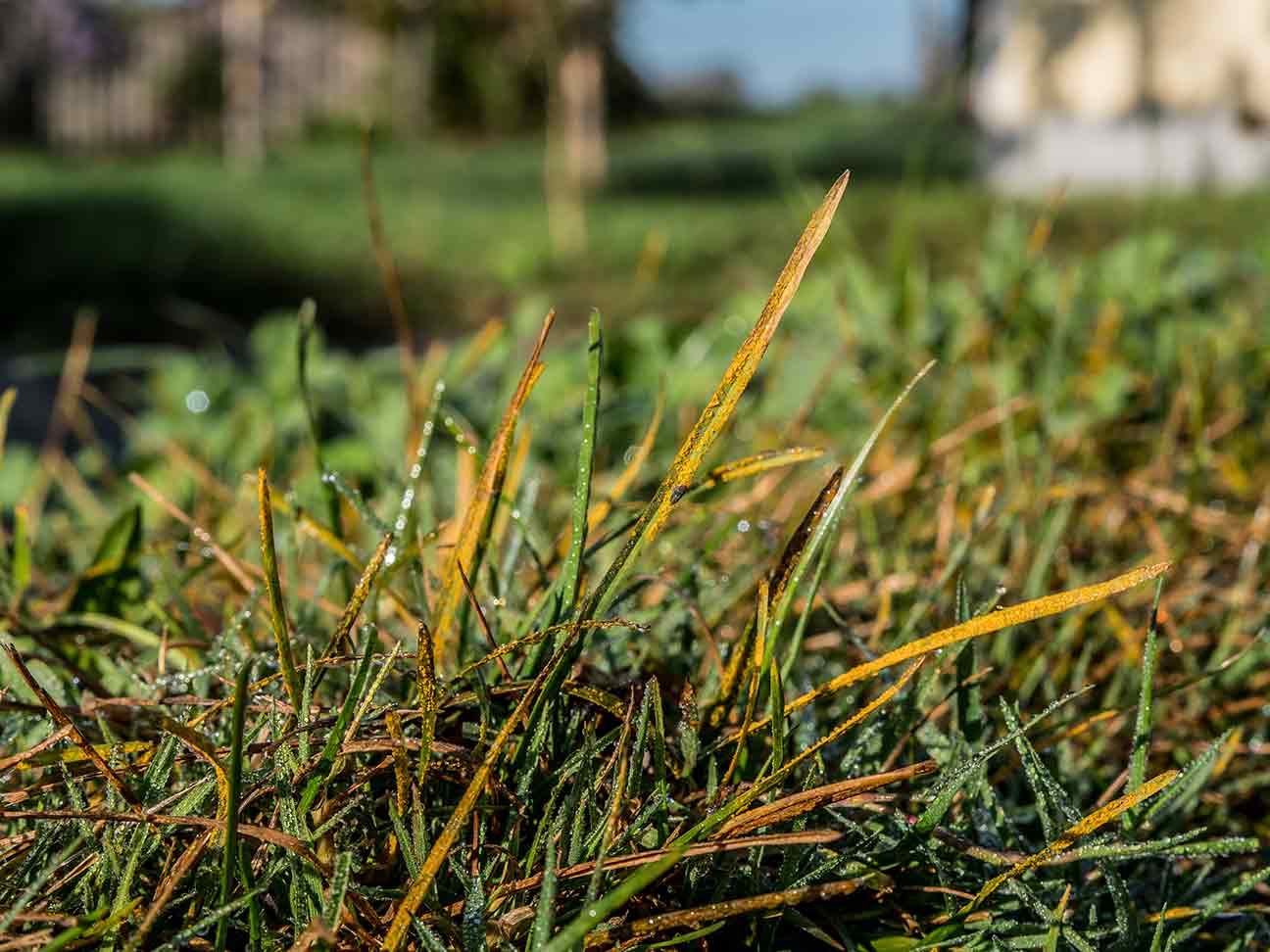
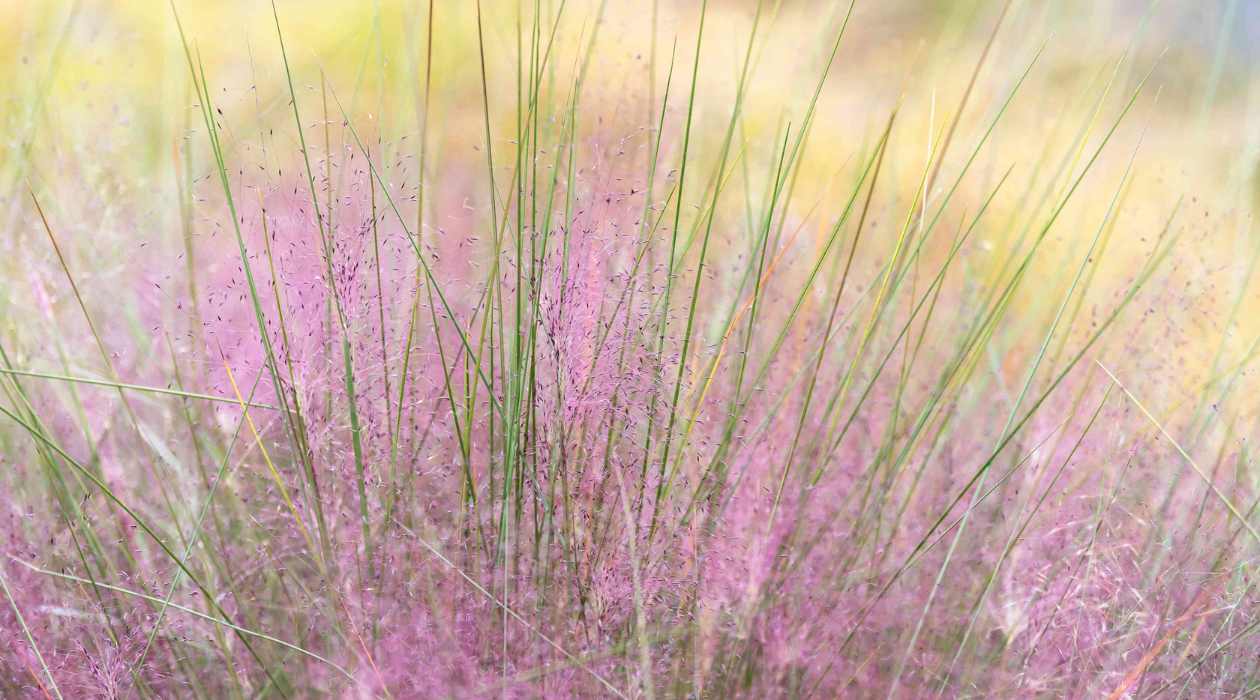
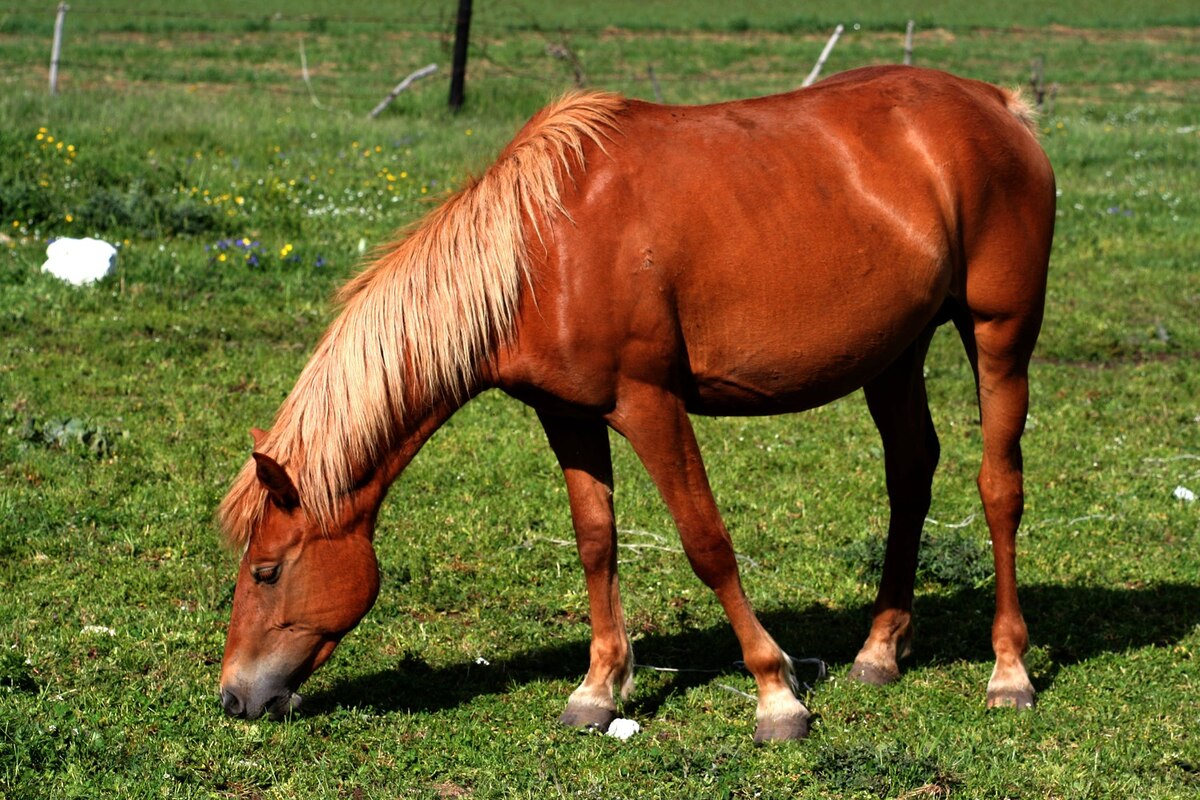
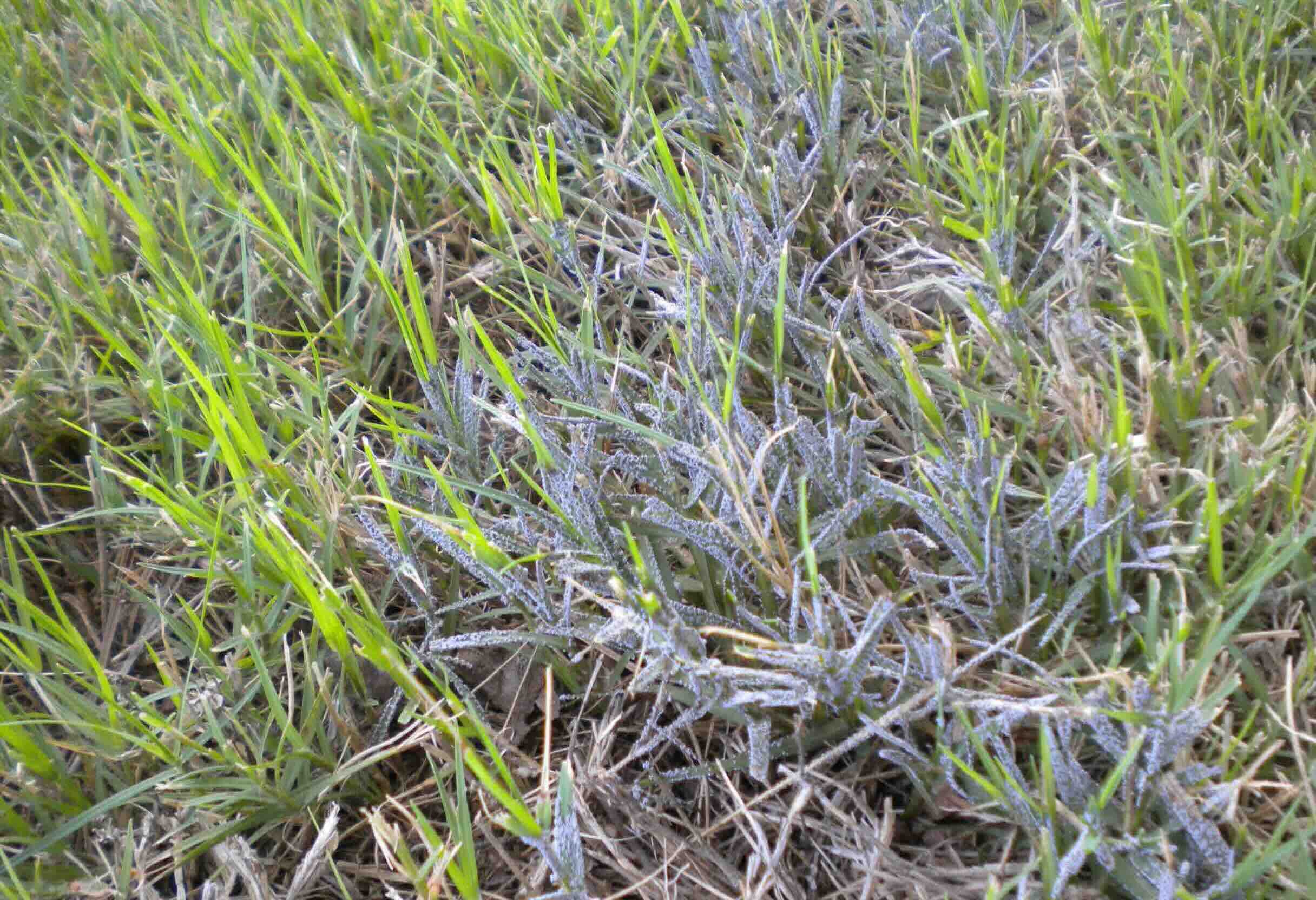
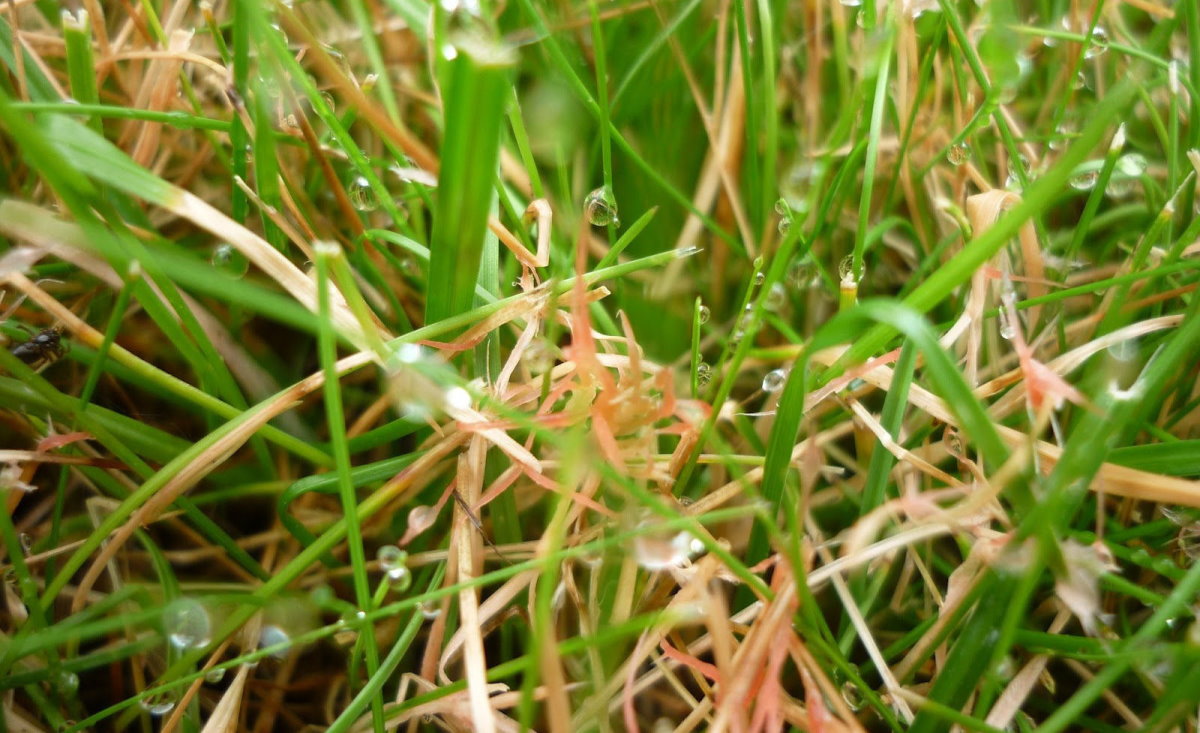
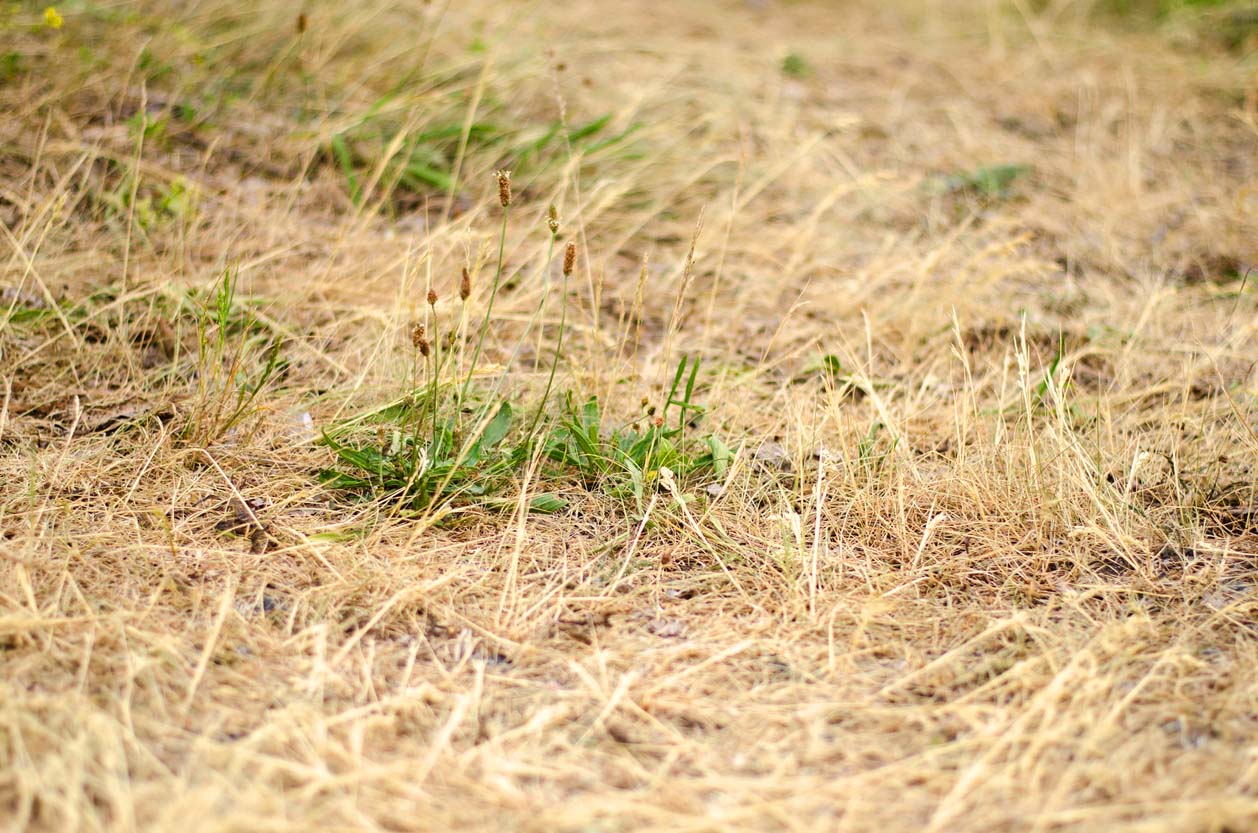
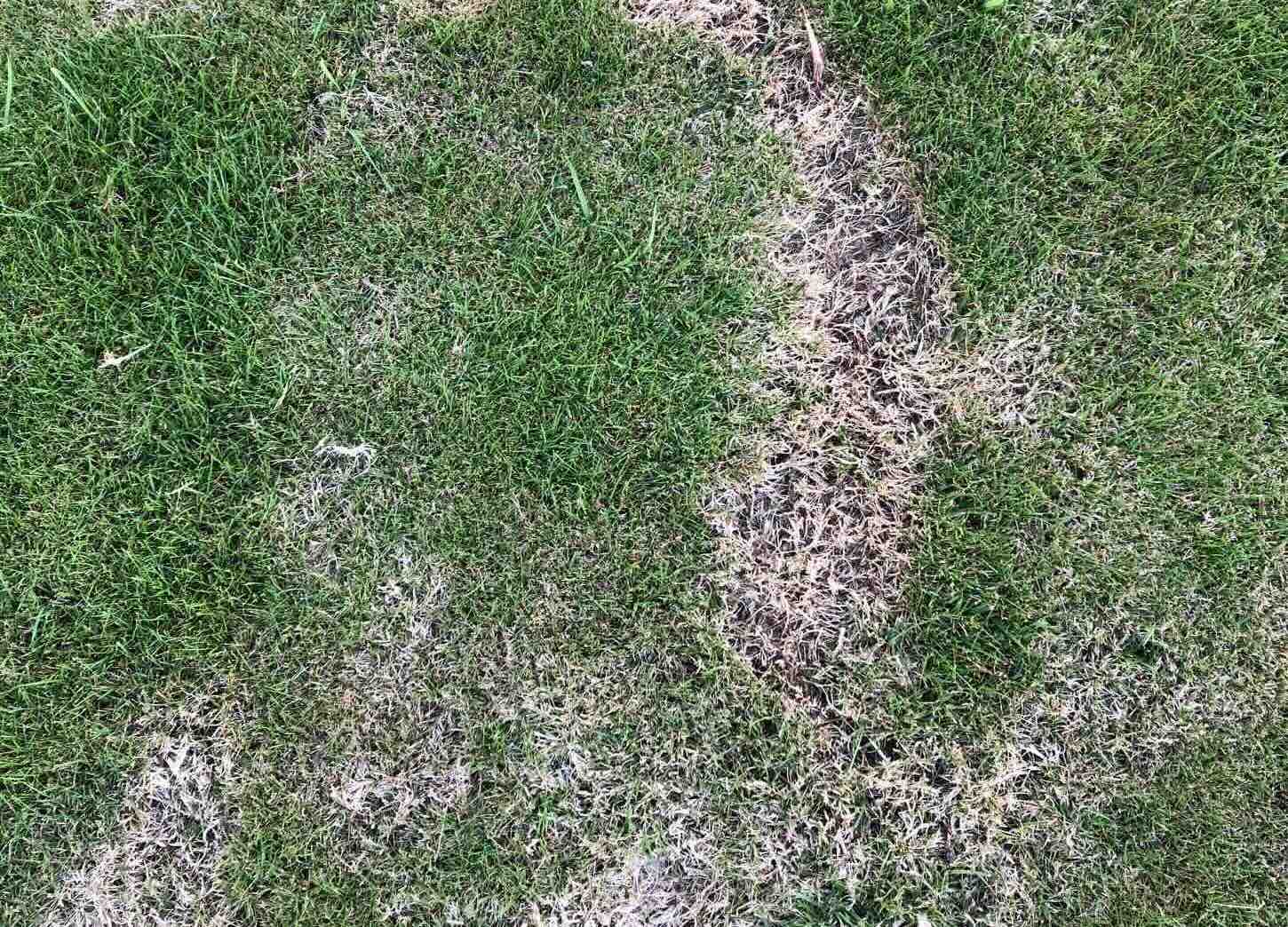
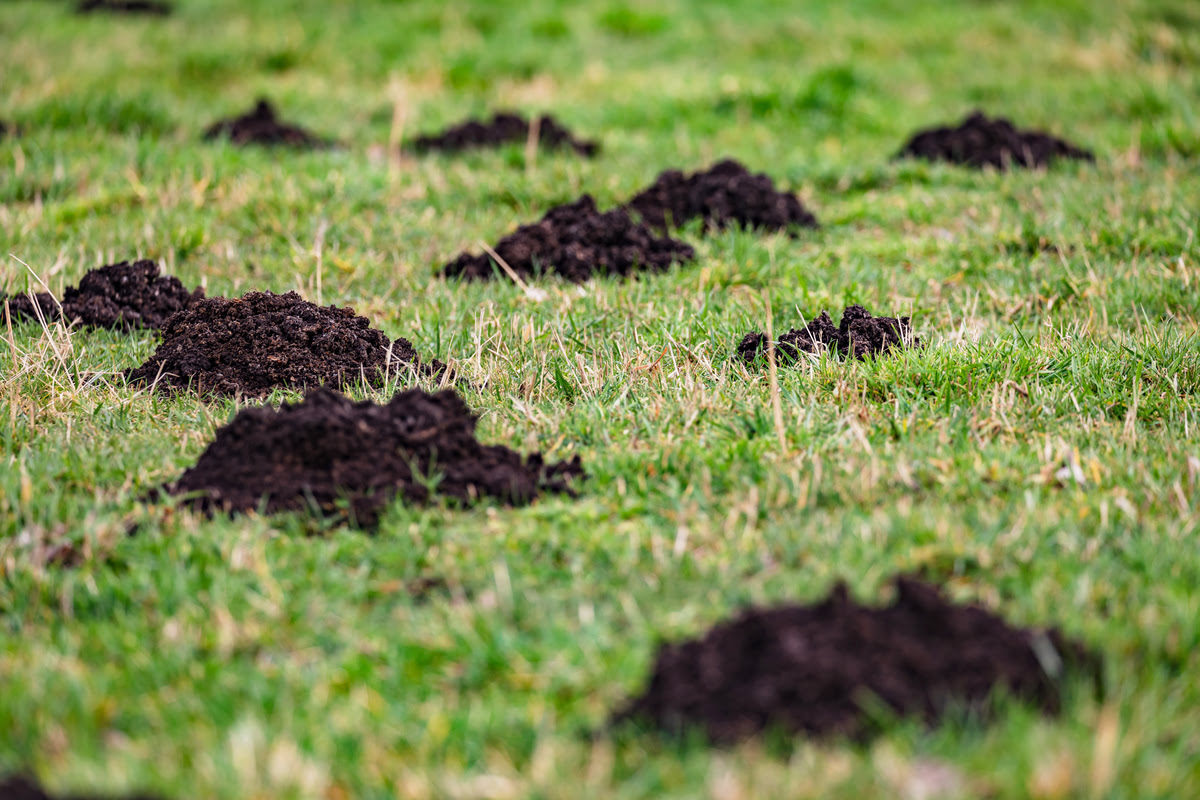
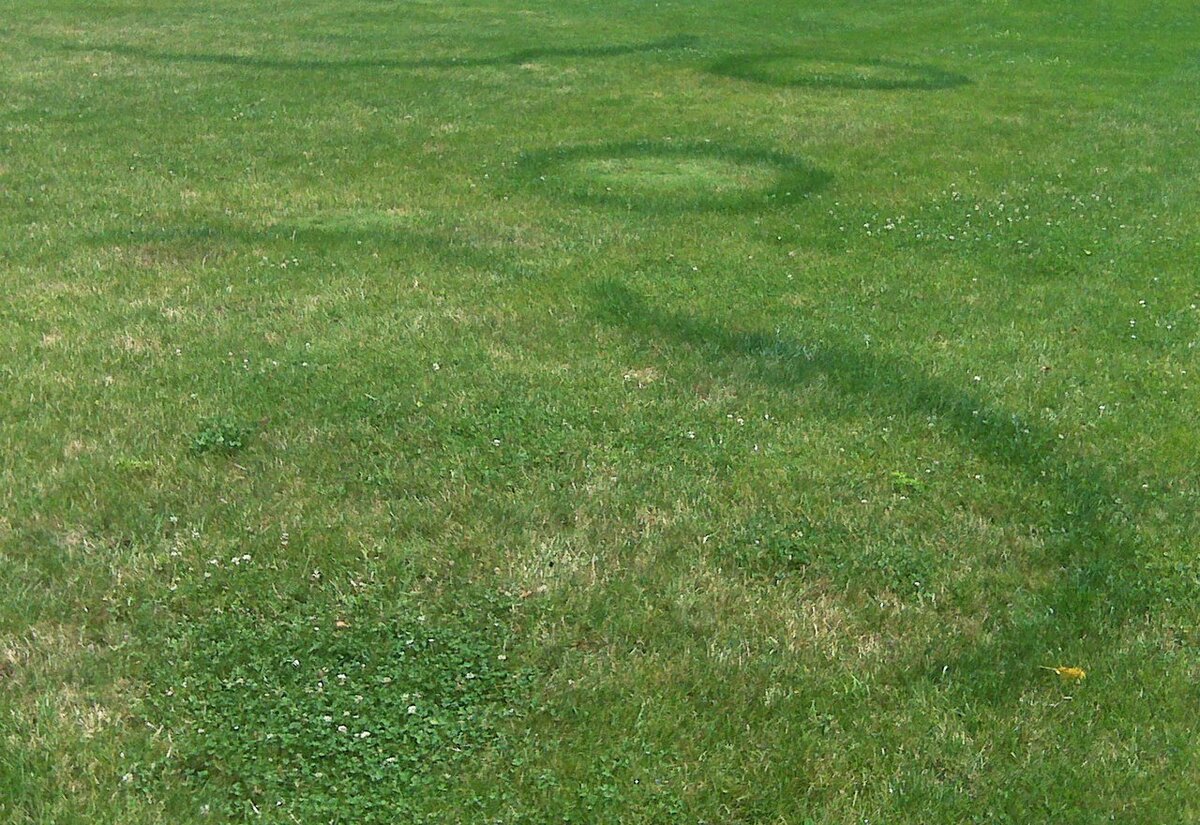
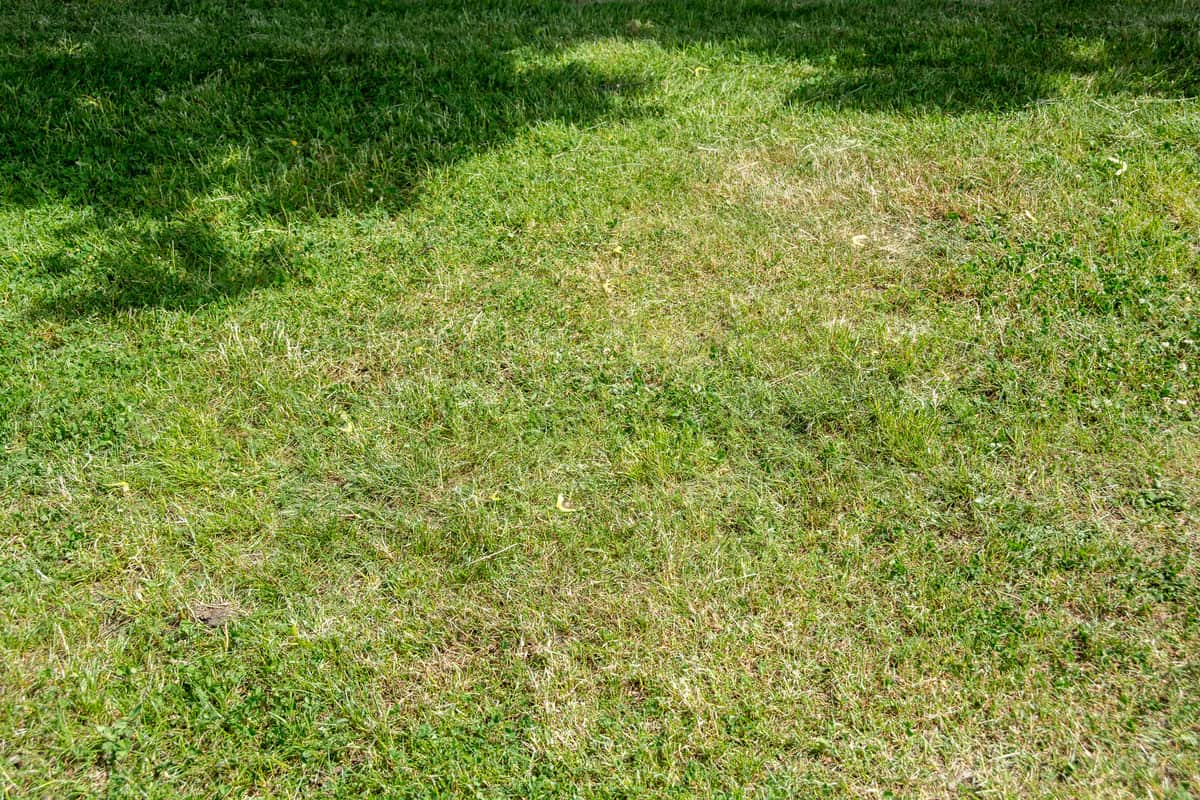
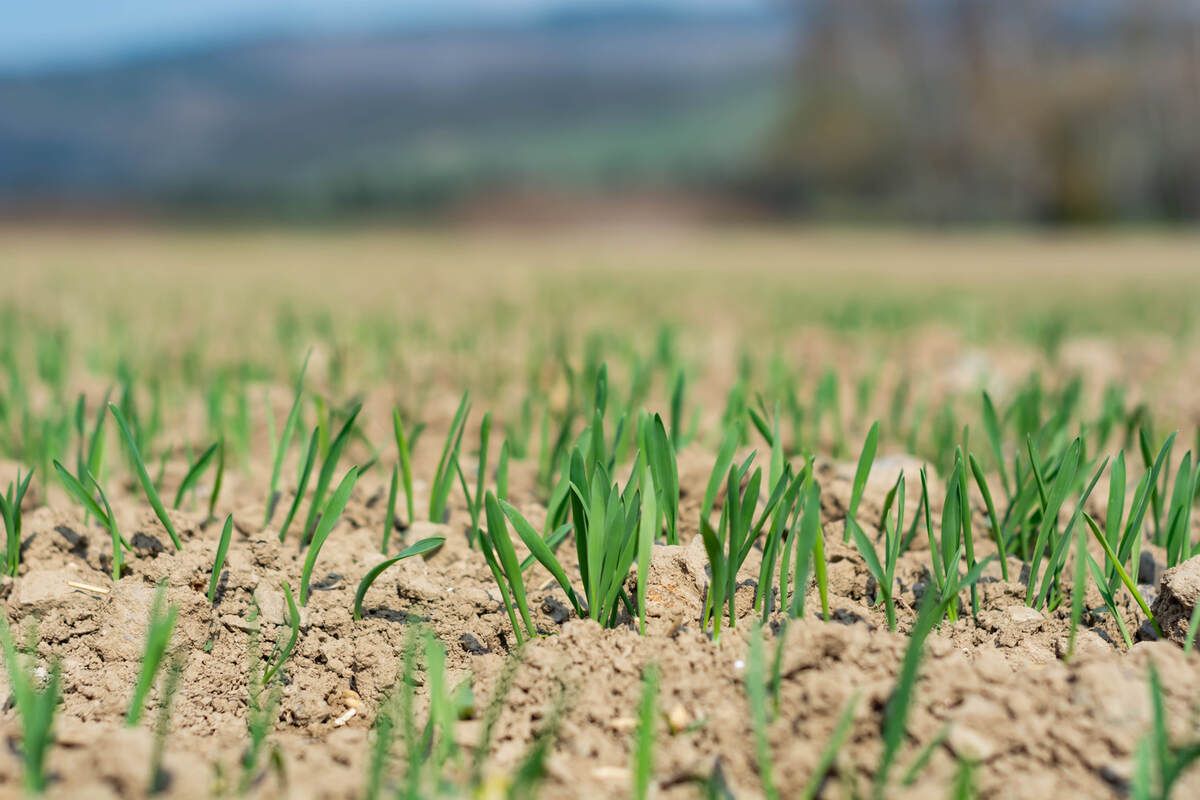

0 thoughts on “What Causes Dew To Form On Grass”